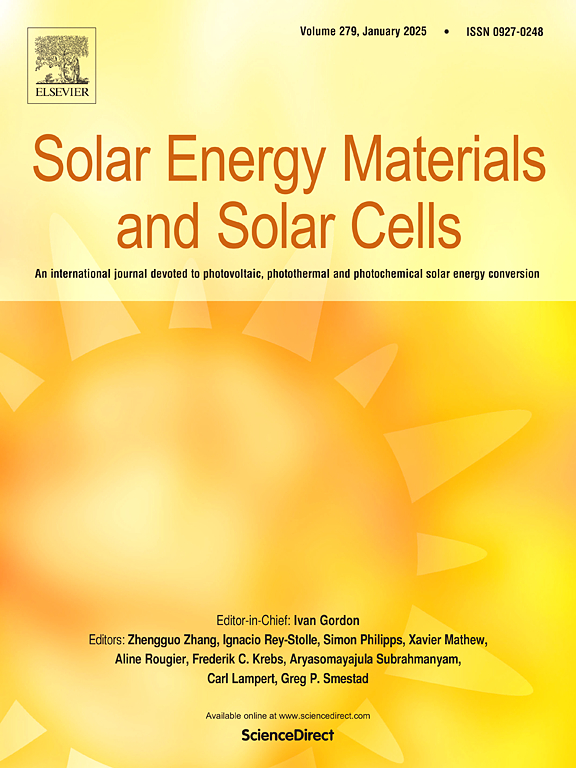High value-added utilization of waste asphalt: Enhance phase change energy storage performance using simple carbonization for solar energy harvesting
IF 6.3
2区 材料科学
Q2 ENERGY & FUELS
引用次数: 0
Abstract
Novel carbon materials are proposed and used as additives to improve the solar energy harvesting ability of phase change materials. In this work, waste asphalt is carbonized and utilized as carbon additive to enhance the thermal performance of polyethylene glycol-stearic acid mixture. The improvement of thermal conductivity and thermal energy storage performance by carbonized asphalt is investigated. The results reveal that compared with polyethylene glycol-stearic acid mixture, the maximum increase of thermal conductivity of the composite phase change material is up to 10.2 %, meanwhile the maximum decrease of latent heat of melting and crystallization is 10.9 % and 9.6 %, respectively. During the heating and cooling processes, the total time for the temperature at the geometric center of composite phase change material samples to reach 80 °C can be 68.35 % and 21.71 % shorter than that of polyethylene glycol-stearic acid mixture, respectively. The photothermal conversion performance of the composites can be up to 2.01 times better than that of the polyethylene glycol-stearic acid mixture. The results denote that carbonized asphalt is beneficial for improving the thermal energy storage and photothermal conversion performance of the composites. The use of carbonized asphalt in phase change energy storage proposes a novel method for recycling waste asphalt. The judicious utilization of carbonized asphalt as carbon-based additives in composite phase change material not only diminishes the disposal costs but also enhances the value of the waste, contributing to considerable economic and environmental benefits.

求助全文
约1分钟内获得全文
求助全文
来源期刊

Solar Energy Materials and Solar Cells
工程技术-材料科学:综合
CiteScore
12.60
自引率
11.60%
发文量
513
审稿时长
47 days
期刊介绍:
Solar Energy Materials & Solar Cells is intended as a vehicle for the dissemination of research results on materials science and technology related to photovoltaic, photothermal and photoelectrochemical solar energy conversion. Materials science is taken in the broadest possible sense and encompasses physics, chemistry, optics, materials fabrication and analysis for all types of materials.
 求助内容:
求助内容: 应助结果提醒方式:
应助结果提醒方式:


